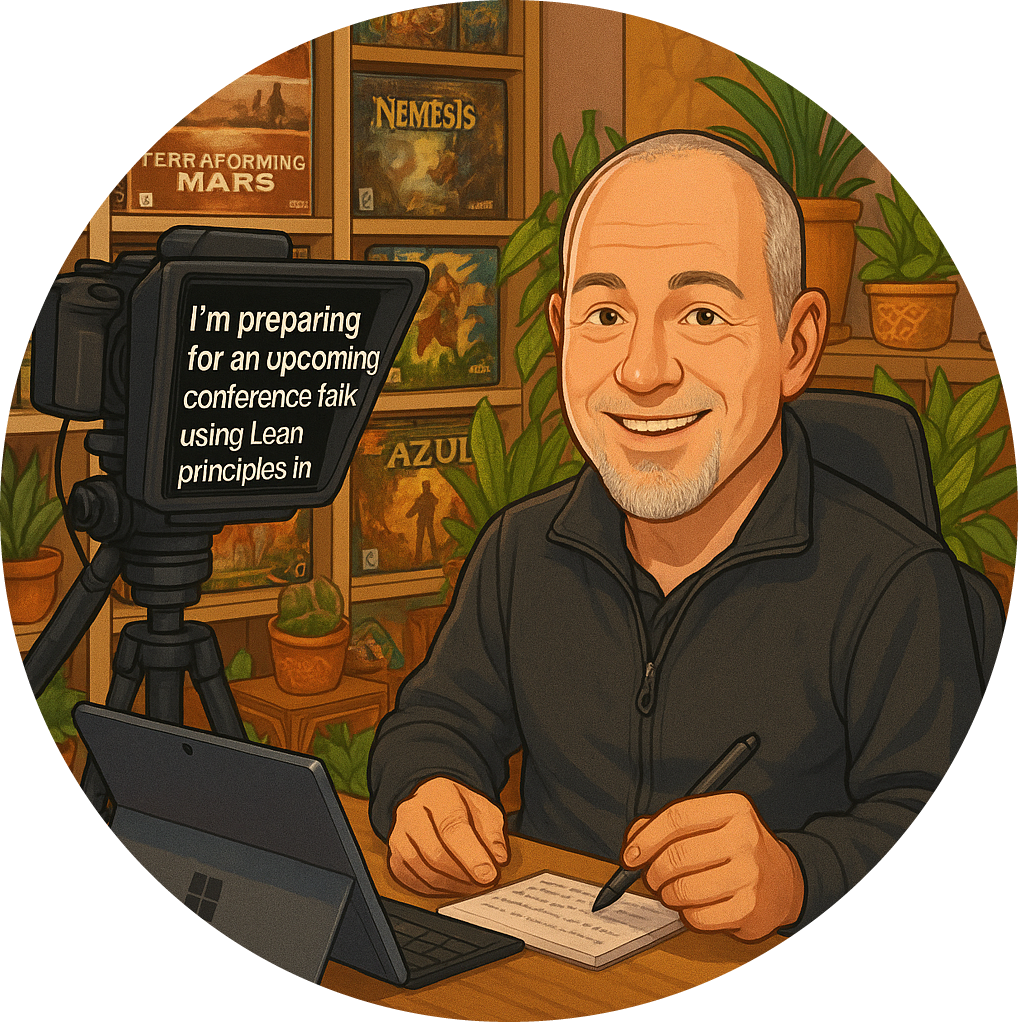In my journey as a DevOps consultant, I often find myself reflecting on the core of my role. The question, “What is my primary role in a DevOps consulting gig?” is not as straightforward as it may seem. The answer is deeply intertwined with the context of each unique engagement. It hinges on where the customer currently stands, what they aim to achieve, and the specific challenges they face.
Provoking Thought and Change
At the heart of my work is a singular goal: to provoke my clients into re-evaluating how they manage and deliver their work. This involves scrutinising the systems they have in place and identifying opportunities for disruption that can lead to significant benefits.
DevOps is fundamentally about optimising the flow of value, from the initial idea all the way to the end customer. This process doesn’t end there; it’s equally crucial to close the feedback loop, ensuring that insights from customers are fed back into the system.
Identifying Bottlenecks
A key part of my role is to identify what’s getting in the way of this flow. Here are some common areas I focus on:
Technical Issues: Sometimes, the bottleneck is technical. For instance, if builds are taking an excessive 24 hours to complete testing, that’s a clear indicator that something needs to change. My job is to delve into these technical challenges and find solutions that can streamline the process.
People Problems: Other times, the issue lies with people and processes. For example, if an approval is required but the responsible individual only reviews requests bi-weekly, it creates unnecessary delays. This waiting period is wasteful and can severely hinder the feedback loop.
Finding Solutions
So, how do I uncover these bottlenecks? It’s about asking the right questions and engaging in meaningful conversations with the team. I encourage clients to look critically at their workflows and identify the longest delays. Once we pinpoint these areas, we can start to “poke at them”, to explore, experiment, and ultimately improve.
The Bigger Picture
Ultimately, my role transcends mere problem-solving. It’s about fostering a culture of continuous improvement and agility within organisations. By optimising processes and enhancing collaboration, we can create a more efficient and responsive environment that delivers value to customers more effectively.
If you’re interested in discussing these concepts further, whether it’s about Agile, Scrum , or DevOps, please don’t hesitate to reach out. I’m always open to a chat over coffee, and I welcome your thoughts and comments.
Thank you for taking the time to read my insights. If you found this post helpful, please like, follow, and subscribe for more content. Your engagement is invaluable to me!





























